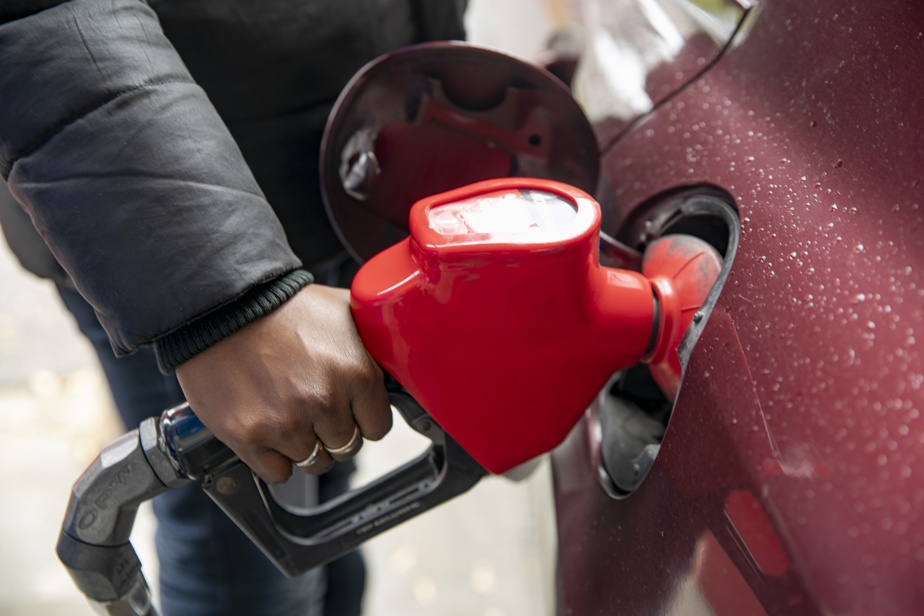OPEC, which includes the countries of the Organization of the Petroleum Exporting Countries in addition to Russia and a few other states, took everyone by surprise when it announced in early April a sudden drop in its production of around 1, 5 million barrels/day from May.
It is still too early to gauge the effect of this decision on prices at the pump. But, on the eve of the summer season, this announcement should theoretically add additional pressure.
Recall that this decrease in production follows that of 2 million barrels / day announced last October. In just a few months, more than 3% of global oil production has therefore been reduced in total, in a market that is already considered tight.
Washington’s reaction was negative. The government of the world’s largest producer of black gold has blasted these decisions, which risk driving up energy prices and, in doing so, putting upward pressure on inflation even as attempts are made to suppress it. This latest decision by OPEC surprised the energy community, but is nevertheless easily understood. This organization is made up of countries whose national budget is highly dependent on oil prices.
2022 has been a good year for these OPEC countries, which control half of world production. Oil prices hovered around $100 a barrel, giving them windfall revenue. They would like the situation to continue. However, lately, prices have been dropping around $70 a barrel. The announced reduction in supply of 1.5 million barrels/day is therefore clearly aimed at raising these prices to between $80 and $90, or even beyond.
These producing countries also wish to avoid the pitfalls of recent history. In 2008-2009, in the wake of the financial crisis, oil prices plummeted dramatically, dropping from $135 to $40 a barrel in a matter of weeks. With the difficulties that the banks have recently experienced in Europe and the United States, and with economic indicators in the red, including the difficulties in the real estate sector, it is clear that the producing countries want to avoid a stampede of equal magnitude thanks to preventive measures.
Finally, OPEC countries experience less direct competition from American producers. The latter have always been very responsive to the market, with rapid increases in their production to take advantage of contexts of rising oil prices. However, despite high prices in 2022, the Americans have not significantly increased their production. It is that their shareholders, following the difficult years of COVID-19, have asked to be remunerated by dividends rather than using the additional income to invest in production. Much to the chagrin of US President Joe Biden, who had to dip into the stocks of the Strategic Petroleum Reserve in order to inject record quantities into the market (more than 200 million barrels in 2022) in order to mitigate soaring prices at the pump.
The latter experienced a historic decline in 2022 thanks to its containment policy. A rapid recovery in its oil consumption will certainly raise the price of a barrel. The reaction of consumers and motorists to rising prices at the pump will also play a role. Who knows if, faced with an economy with uncertain contours, they will decide to change their vacation plans by opting, for example, for less distant trips? We will see more clearly shortly, with the return of sunny days.

